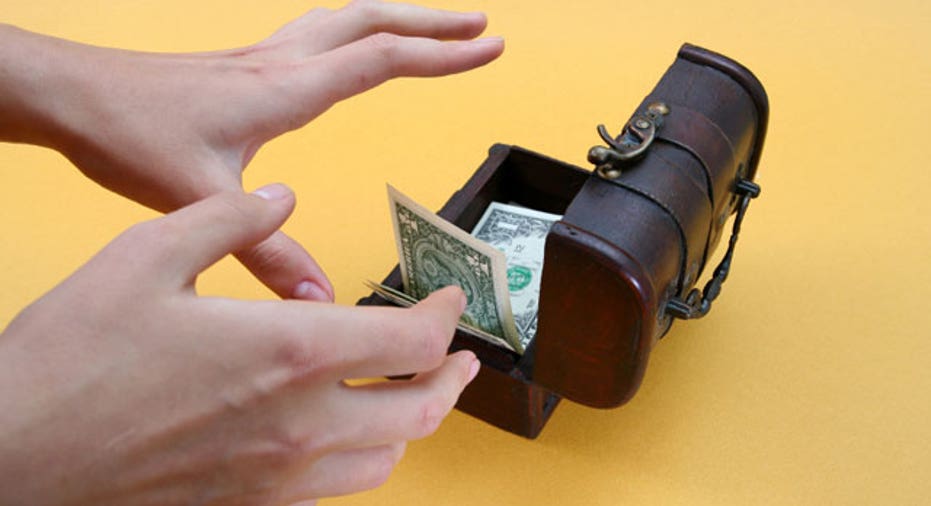Why CDs are Vulnerable to Changing Times

The fixed interest rates on most CDs offer customers stability of both principal and interest for a specified period of time. But ironically, it is this same stability that can make CDs more vulnerable to changes in the economic environment under certain conditions -- such as today's low interest rate environment.
With economic change in the air in recent months, three things are worth noting now if you're shopping for a CD.
1. Interest rates on CDs have become a one-sided deal
By nature, the fixed rates and terms of CDs usually represent a trade-off. Locking into an interest rate leaves you vulnerable to the possibility that inflation and/or interest rates might rise during the term of your CD, thus making your interest rate less attractive than you thought it would be when you signed up. On the other hand, that same lock-in protects you over the term of the CD from the possibility that interest rates might fall.
However, as CD rates approach zero, there is less and less room for interest rates to fall, leaving CDs with more vulnerability than protection. In an extreme low-interest-rate environment, that trade-off becomes a one-sided deal.
2. Inflation is back up
This vulnerability became more worrisome because of the most recent Consumer Price Index (CPI) reports. Earlier this month, the Bureau of Labor Statistics reported that inflation had jumped by 0.3% in March, following a rise of 0.4% in February. The increases in previous months had been more modest, so the jump was worth noting.
Most troubling about this was the fact that much of the rise came from gasoline prices, which can affect many other areas of the economy and start to make inflation a more widespread problem.
3. Market rates made progress in March
Treasury bond yields were also on the rise in March. After spending most of early 2012 just below 2.00%, 10-year Treasury yields broke through and held onto territory above 2.20% last month. Since they are traded daily, Treasury bonds can be viewed as a barometer for what changing economic trends mean for interest rates -- and in March that barometer signaled rising rates.
While they've since fallen below 2% in April, even the temporary rally was a reminder that rates won't be low forever.
Three ways all this affects how you should shop for CDs
Given this background, here are three things to keep in mind when you shop for a CD:
- Keep CD terms short. Change could be on its way according to some economic indicators, and there is almost nowhere for rates to go but up, which makes flexibility important.
- A low early-termination penalty can be a good substitute for a short CD. A short-term CD gives you flexibility, but you also might find you can get a similar amount of flexibility -- along with a higher interest rate -- by choosing a longer-term CD with a low early termination penalty.
- Shop for the highest rates every time. When CD rates change, they tend to change differently from institution to institution, rather than all banks moving in lockstep. This means you should always shop around rather than simply let a maturing CD roll over at the same bank.
Change can be challenging, but with CD rates mired at low levels for the past few years, bank customers might be inclined to embrace any changes that could mean a reprieve from today's low rates.
The original article can be found at Money-Rates.com:Why CDs are vulnerable to changing times